Diagonal Twist Scarf
Knitting may be short on shortcuts, but our Diagonal Twist Scarf makes use of one of the rare few. Simple twist stitches mimic mini cables without the hassle and fuss of a cable needle. The outcome is a fascinating pattern and a truly elegant scarf!
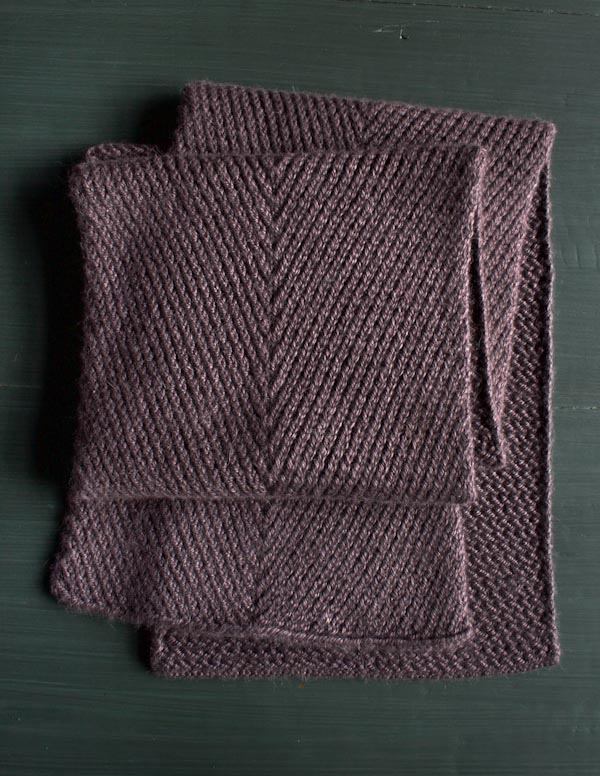
In a repeat of just four easy rows, a refined chevron motif emerges, beautiful and perfectly unisex. The resulting fabric is hearty, warm, and especially soft in Purl Soho’s Alpaca Pure. We love the color Gray Fig here, so quiet and subtle but full of personality, like the Diagonal Twist Scarf itself.
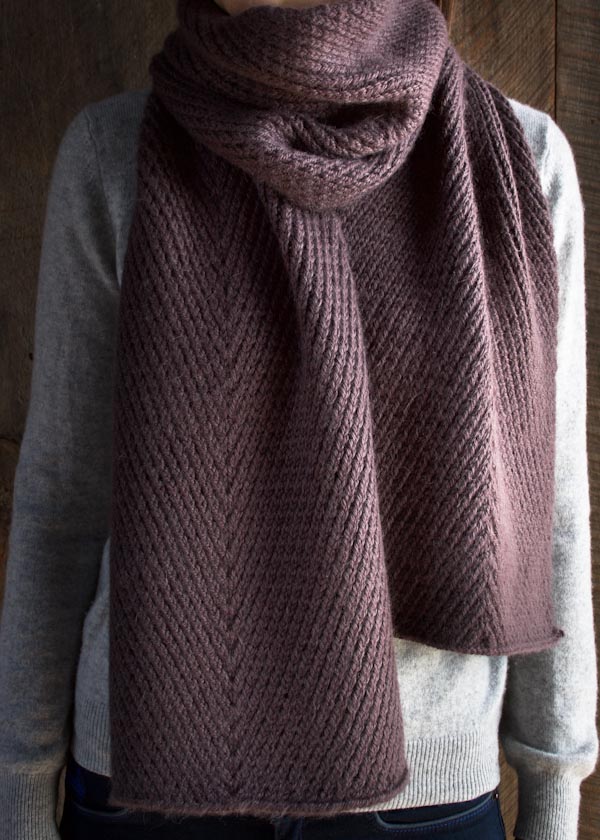
If you’ve never worked twist stitches before, here is a simple place to start. And if you’re already a twist stitch pro, you’ll appreciate the practice. Either way, embrace one of knitting’s best shortcuts! – Kristy
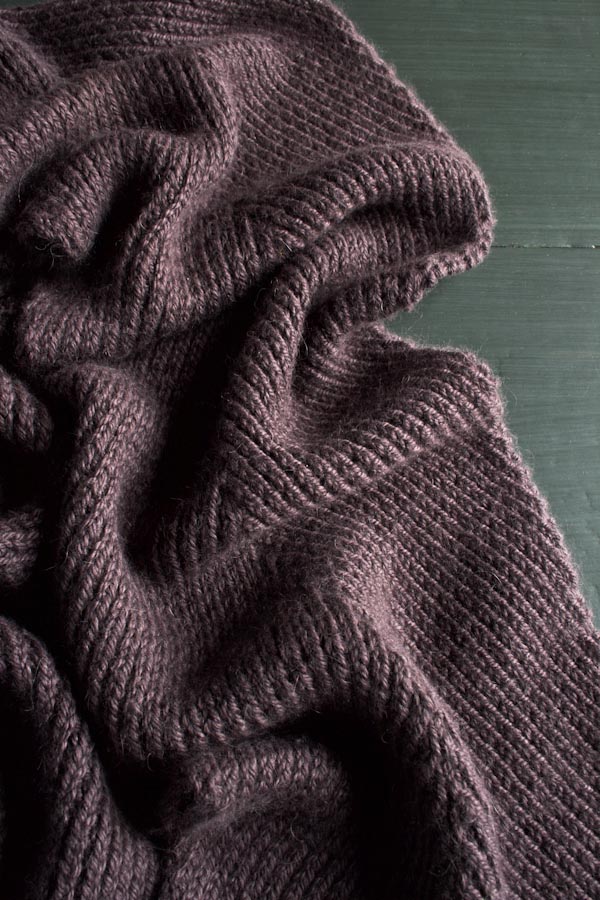
Designed by Purl Soho designer, Kristina McGowan. Click here to see even more of Kristina’s designs!
Share your progress and connect with the community by tagging your pics with #PurlSoho, #PurlSohoBusyHands, and #PurlSohoDiagonalTwistScarf. We can’t wait to see what you make!
Materials
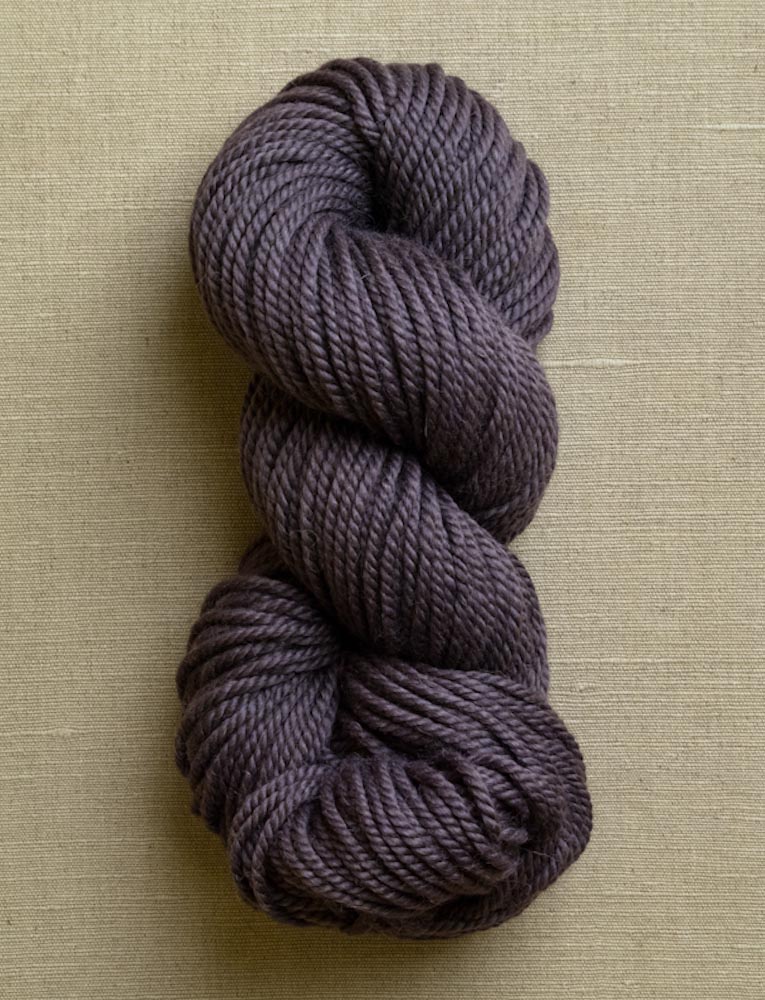
- 7 skeins of Purl Soho’s Alpaca Pure, 100% super baby alpaca. Each skein is 109 yards/ 100 grams; approximately 762 yards required. This is the color Gray Fig. (NOTE: We no longer offer Alpaca Pure, but choose from one of our other worsted weight yarns.)
- US 8 (5mm) knitting needles, circular or straight
- One stitch marker or scrap yarn
Gauge
22 stitches = 4 inches in the stitch pattern
Size
12 inches wide x 70 inches long
Notes
RT (Right Twist, worked over 2 stitches):
K2tog but leave the stitches on the left needle.
Knit into the first stitch again.
Slide both stitches off the left needle.
LT (Left Twist, worked over 2 stitches):
Knit into the back loop of the second stitch on the left needle but leave the stitch on the needle.
Knit the first and second stitch together through the back loop and slide them both off the left needle.
Pattern
Cast on 66 stitches. We used a basic Long Tail Cast On.
Set-up Row: P33, place marker, p33.
Row 1 (right side): K1, RT (see Notes, above) to marker (16 times), slip marker, LT (see Notes, above) to last stitch (16 times), k1.
Row 2 (wrong side): K1, purl to last stitch, k1.
Row 3: K2, RT to one stitch before marker (15 times), k1, slip marker, k1, LT to last 2 stitches (15 times), k2
Row 4: Repeat Row 2
Repeat Rows 1-4 until piece measures 70 inches from cast-on edge, ending with Row 4.
Bind off all stitches knitwise.
Weave in the ends and block as desired.
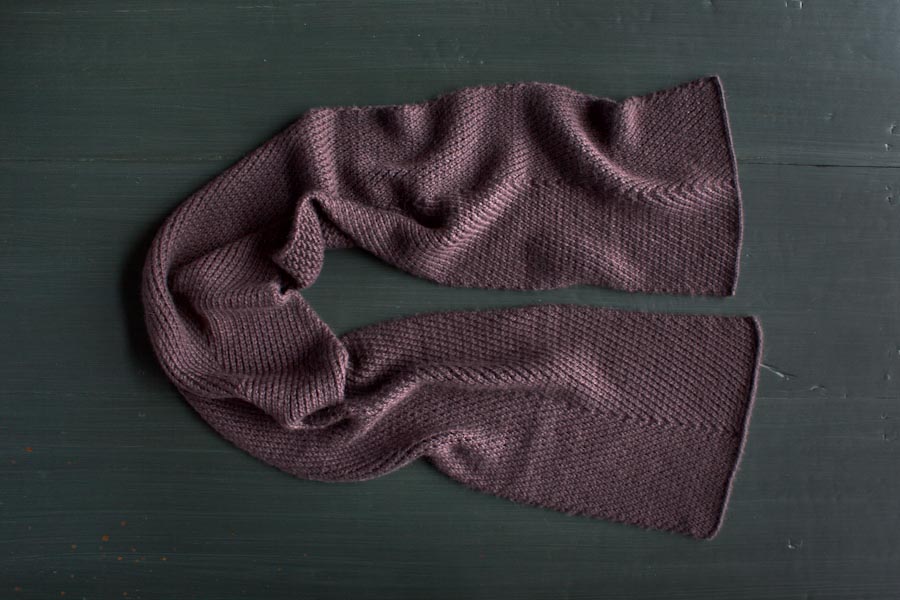

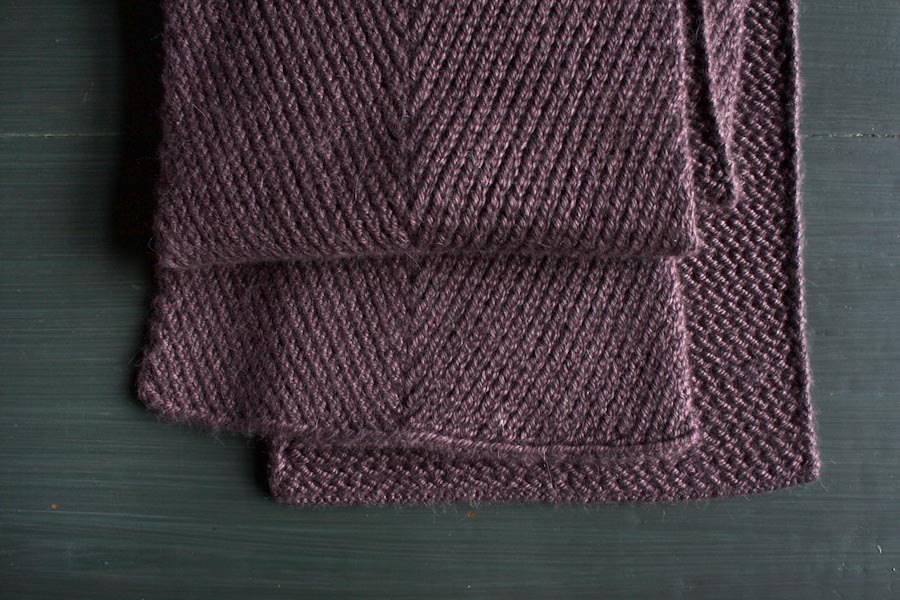
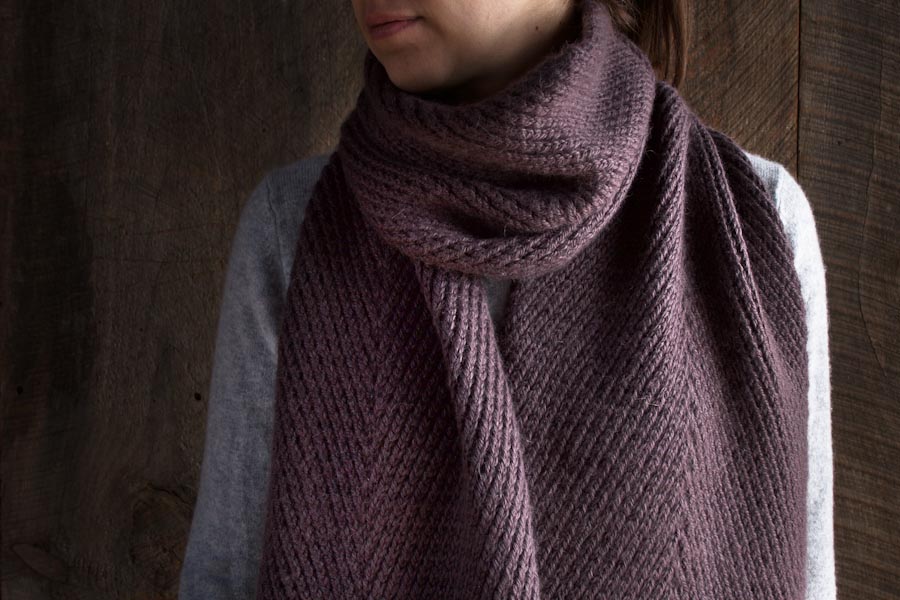


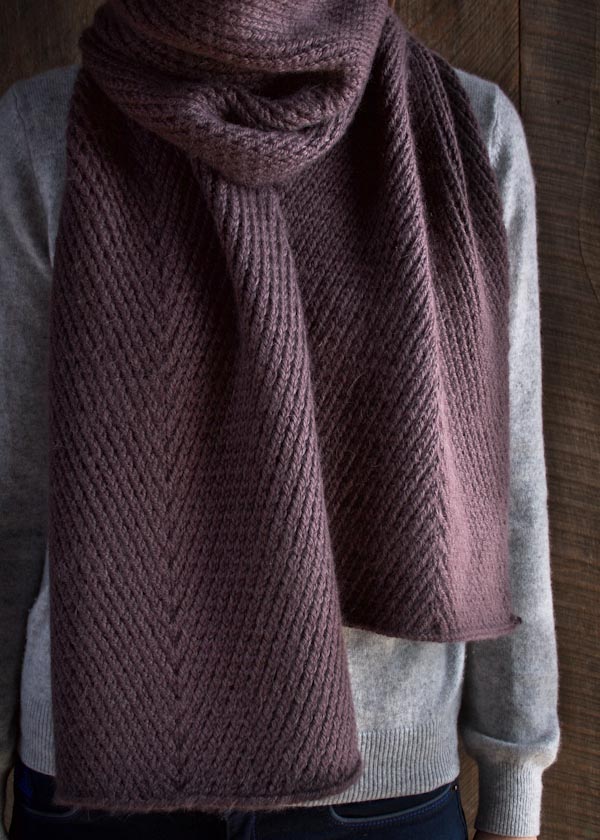

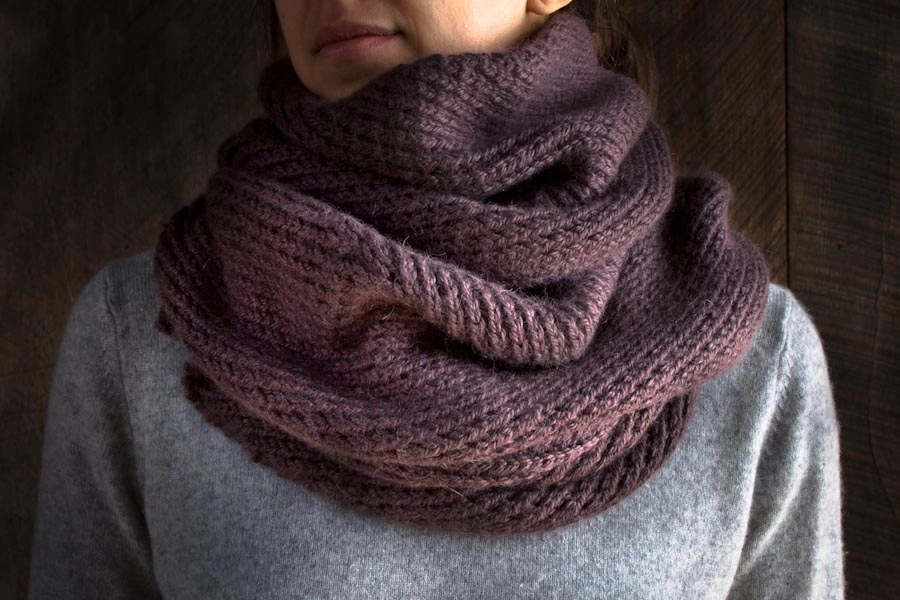
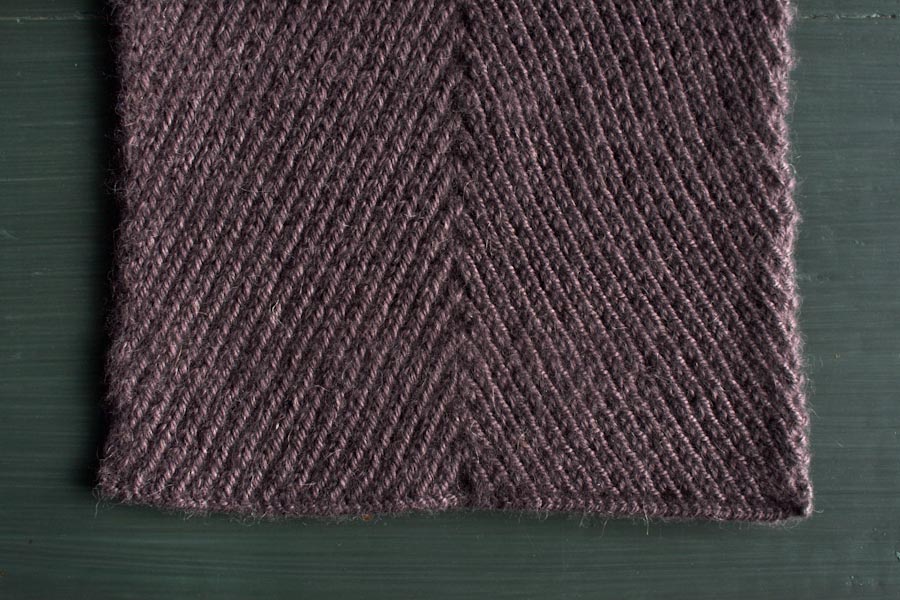
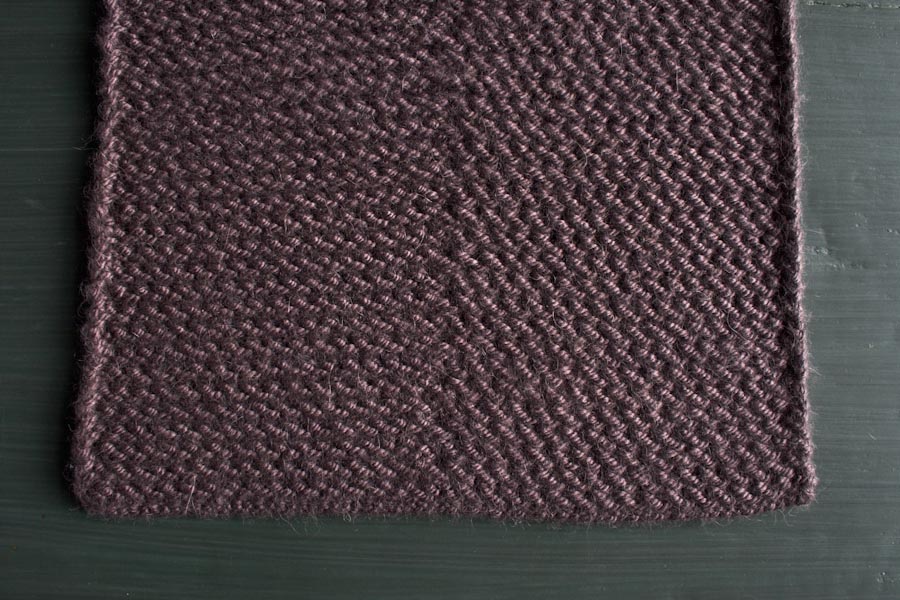
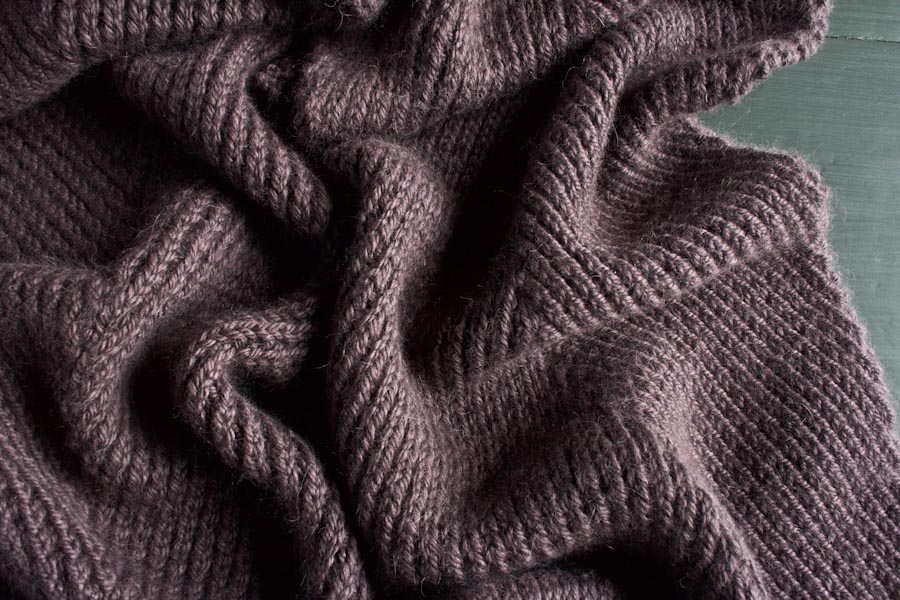
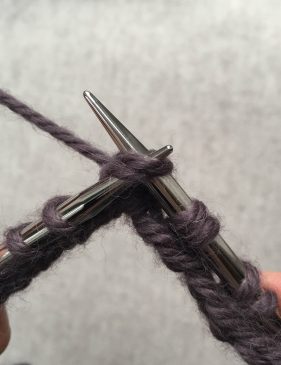
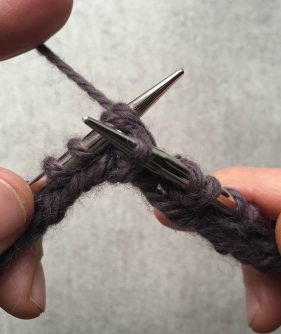
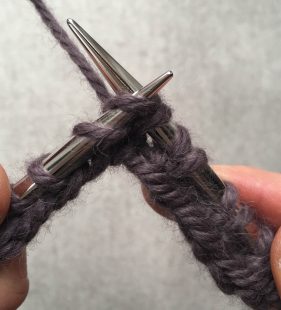
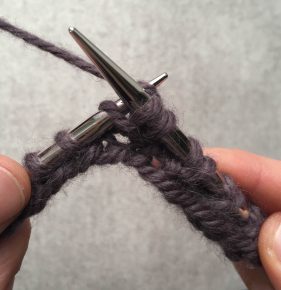
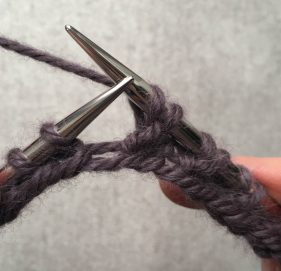
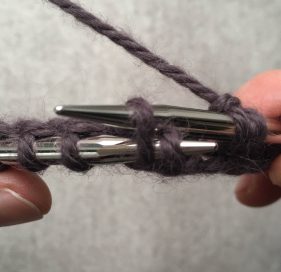
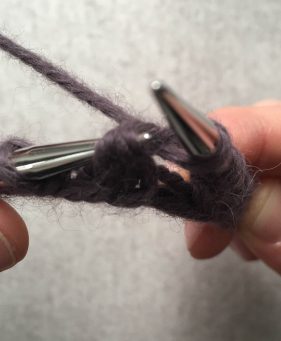
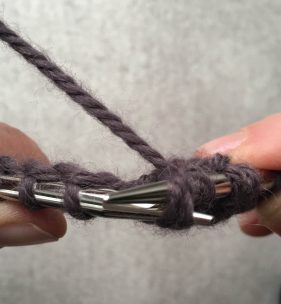
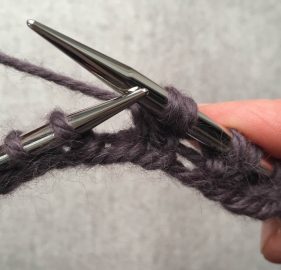


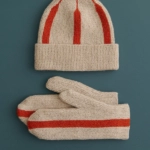
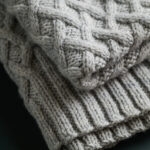
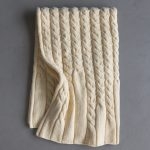
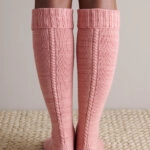
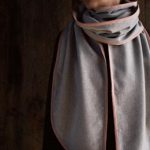

Hi, i really like this pattern but i can’t do it. Can you upload short video, please?
Hello Gamze,
Thank you for writing in. At the moment we don’t have the resources to do a video tutorial on this stitch. If you specify what you are having trouble with, I’d be glad to help!
-Adam
Thank you for your answer. There is no
problem anymore, because i found this pattern on youtube 🙂
Hi I can’t get this going either, nor can I find it on you tube. Do you have a name for me to search on YouTube? Thanks !
try searching twisted knit stitch. I found mine on Craftsy.com
Thank you for the beautiful pattern! I ordered a bunch of worsted twist and after the mistake rib scarf, I am ready to jump into this! As a lefty, I am struggling with getting the left and write sides to look the same. Do you know if I would do anything differently to get a twist stitch in the continental style? Are there any videos that you know of on this? The ones I found are using different techniques than listed here. Thank you for any help!
Hi Melanie,
Thanks for writing in! I am sorry that you are having some challenges with this pattern! The great thing about knitting is that whether your are left handed or right handed or you knit English or Continental, you will follow the same directions and should get the same results! At the shop, we have about half and half (English and Continental) and things work out nearly identically for all of us!
I would try blocking a swatch in pattern. I find that stitch patterns can change dramatically with blocking and perhaps this will work for you. We do not have a video of the technique here, although the pictures can be very helpful. We will certainly keep your request in mind.
I hope that this helps!
Cassy
Thank you! I believe I knit “improperly” (which I’m ok with). However, it was making the right side difficult. I ended up knitting into the front for the left twist, while following the pattern otherwise and worked great!
Thank you again for the patterns and responses. I have learned so much from this site!
I am a fairly new knitter and don’t understand how to get started.
I have cast on and marked the mid stitch but don’t get how to do the RT or when and how to do the LT from the pics on your site
Hi there,
Thanks for the question. I’d be happy to help if you let me know exactly what you are having trouble with. This might not be the best pattern for a beginner, but something you can work up to in the future. Thanks!
-Adam
I made this scarf for my daughter and we both love the pattern. After knitting it a few times, I finally got the hang of it.
I love your patterns and ideas. Thanks for that.
I also made every grandchild in the family a hat from your patterns, the Snow Day hat. 6 of them, one of each colour. The kids, and mothers loved them.
Absolutely love my new scarf! Any tips on how to convert the pattern to work it in the round, so I can knit a matching hat? I figured I’d leave out the selvedge stitches and knit instead of purl for rounds 2 and 4, but should I alter the twist stitches in any way?
Hi Eva,
I’m so happy you love how the scarf turned out! I suggest you look at our Herringbone Hat pattern for a matching hat. You’ll have to adjust the cast on amount but this pattern will guide you on how to achieve a similar look.
All the best,
Adam
I adore this pattern and have diligently working away on it. I do, however, have some misgivings about how flat it block it (and hold!). Even with slipping a stitch before launching into the rows, I fear it will not block flat. Any tips?
Hi Julie,
Thanks for the question. Since this is a twisted stitch you shouldn’t have too many problems with curling. Also, blocking does wonders for flatting out projects, so I would go ahead and wet block the scarf. If you are sill wary, I’d make a 4″ x 4″ swatch and block it to see if it works for you. Thanks!
All the best,
Adam
I have cast this and tried to do it 4 times today. I am having an awful time with the left twist. Might there be a video somewhere???
Hi Susie,
Thanks for writing in. I’m sorry you are having trouble with this! Unfortunately we don’t have a video for this stitch — only the photo tutorial — but we’ll keep your request in mind for the future.
Thanks,
Adam
Hi! I love this pattern but would like to make it a bit more narrow. What multiple is this pattern worked in? Thanks so much 🙂
Hi Bee,
Thanks for writing in! The actual stitch pattern is worked in multiples of two but there is an edge stitch on each side. You’ll want to cast on an even number that results in an odd number when divided by two. In this case, we cast on 66 stitches, which equals 33 stitches each side of the marker. Hope this makes sense!
-Adam
Hello:
Thank you for all of your beautiful patterns and fantastic customer service (both in your store and online). Huge fan for years. My question is how does this scarf look on the wrong side? Do you see a modified version of the chevron? Do you have a picture you could post? Thank you Vivienne
Hi Vivienne,
Thank you so much for your kind words! They mean the world to us! To get an idea for the back side of the fabric, you can consult the first picture below the title of the patterns (where the scarf is laid out folded. In that photo, the front side is on top and the back side can be seen on the bottom most piece of of the scarf.
I hope that this helps!
Cassy
I’m thinking of making this scarf for my husband, and I noticed you used alpaca. I have a worsted tweed yarn, would that work ok with this pattern? I plan on swatching it also but didn’t know if I would need to adjust with a slightly different weight. Thanks!
Hi Stephanie,
Thanks for writing in! Our Alpaca Pure is a worsted weight yarn, so your yarn should work well as a substitution! I would try a swatch on US 8 needles first and then decide if you want to size up or down based on your gauge and the density and drape of your knitted fabric.
Best of luck and happy knitting!
Julianna
I notice that this scarf is almost all knit on the right side and almost all purl on the back side. This would normally result in a stockingette stitch, which tends to roll up into a tube. Does this scarf tend to roll, or do the twists make it lie flat?
Hello Leona,
Thank you for reaching out! You are correct, this stitch does not behave the way that a stockinette stitch behaves and will lay flat. I hope this helps and happy knitting!
-Marilla
Thank you so much for the lovely pattern! I just finished making this scarf for my Dad, but unfortunately it seems to have rolled up into a tube 🙁 I’m quite sad because otherwise it is very beautiful…do you have any advice for how to make it lay flat?
Hello Grace,
Thank you for writing us! Our sample curled slightly before we blocked it, so I would reccomend wet blocking this project and laying flat to dry.
I hope this helps and let us know how it goes!
Happy knitting,
Marilla
I love this pattern, but if I need to make a vest how many stitches should I take, there is no multiples of any number. Could you be kind enough to help me in this project I intend to make, Thank you & I will be extremely obliged if you please give an advice in this matter.
Hello Pritha,
Thank you for reaching out! The actual stitch pattern is worked in multiples of two but there is an edge stitch on each side. You’ll want to cast on an even number that results in an odd number when divided by two. In this case, we cast on 66 stitches, which equals 33 stitches each side of the marker.
Let us know how the vest goes and happy knitting!
-Marilla
It appears this yarn is no longer available? What do you recommend as a substitute?
Was the original yarn more Aran weight?
Thank you so much, this is just lovely!
Hi Erica,
Thank you so much for the kind words! Unfortunately Alpaca Pure has been discontinued – I am so sorry about that! It was aran weight yarn, so a good alternate yarn would be Worsted Twist or Cashmere Tend.
Warmly,
Julianna
I made this scarf for my mom last Christmas and she absolutely loved it! I was able to get a gorgeous purple alpaca yarn and made her a matching toque in this pattern as well! It’s her favourite set to wear now. It’s so gorgeous but you have to be really diligent with where you are in the pattern.
Hi Hannah,
Thanks for reaching out and for your kind words! I am so pleased to hear that you and your mom enjoyed this pattern!
All the best,
Gianna
This pattern looks fascinating and I am eager to try it. But, I am left-handed so should I just change your left to right needle and vice versa?
Hi Barbara,
Thanks for reaching out! If you are more comfortable working the pattern in reverse then yes you can change the needles and vice versa!
All the best,
Gianna
Lovely pattern! Just one question – is it reversible?
Hi Odaiba,
Thanks for reaching out! This pattern has a clear right and wrong side, but the wrong side is also very pretty looking but different from the right side. So it is technically not reversible, but you could wear it on both sides!
I hope this helps!
Gianna
Hello! I was gifted 4 skeins of the Season Alpaca. Do you think that would be enough to do this scarf and would the yarn work as well? Such a beautiful pattern. Fingers crossed!
Jules
Hi Jules,
Thanks for reaching out! You can definitely use the Season Alpaca you have for this scarf, but you’ll probably need to make it slightly thinner and slightly shorter to work with 4 skeins. Since Season Alpaca is much thinner than the original yarn, you’ll also need to change how many stitches you cast on.
To figure out your cast-on number, you will want to first knit a gauge swatch in pattern (if this is daunting, we have a wonderful tutorial called All About Gauge: https://www.purlsoho.com/create/2020/08/20/all-about-gauge/). Once you know how many stitches you are getting per inch, you can multiply that number by the width that you would like and cast on the nearest multiple of 4 + 2. Then you can follow the pattern as written!
All the best,
Lili
Hello,
I like and follow you. I’ve knitted a few of your examples before, but I couldn’t make this model.
I don’t understand what K1 and K2 mean. And how to knit R3 “k1, slip marker, k1”?
I’ll be happy if you can help me.
Thanks.
Hi Büşra,
Thank you for writing in! K followed by a number indicates how many stitches you will need to knit. For example, K3 means to knit three stitches. K1, slip marker, k1 means you should knit one stitch, slip the marker, and then knit one stitch. I hope this helps!
Happy knitting,
Gavriella
Hello Gavriella,
Yes, thank you for your help. I also benefited greatly from the “Abbreviations + Terms” section on your website.
I wish you good work,
Büşra